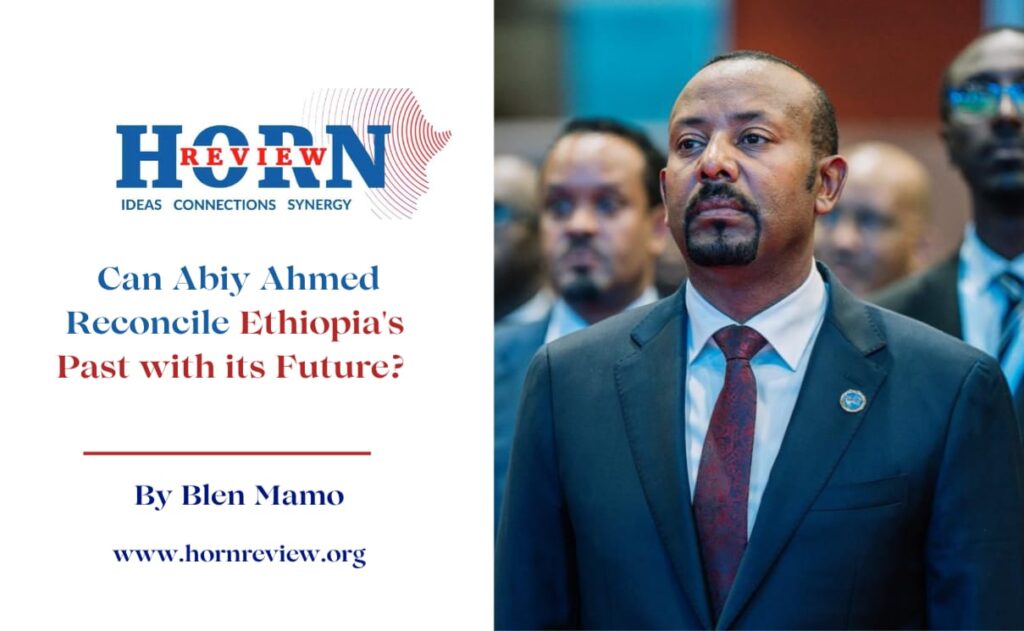Ethiopia’s Political Landscape: Navigating Historical Challenges and Future Aspirations
Ethiopia stands at a crucial crossroads, balancing its rich historical legacy with aspirations for a robust future. Under the leadership of Prime Minister Abiy Ahmed, the nation is grappling with numerous challenges, from deep-rooted poverty to the complexities of ethnic diversity and political instability. Navigating this intricate landscape requires a nuanced understanding of Ethiopia’s historical context and a visionary approach toward governance.
Historical Context: A Legacy of Conflict and Resilience
Upon taking office in 2018, Abiy Ahmed inherited a nation marked by turmoil. Ethiopia’s past is laden with unresolved issues stemming from the fall of the monarchy, the secession of Eritrea, and a legacy of authoritarian rule. A multitude of historical grievances has led to discord among various ethnic groups, underscoring the ongoing struggle for national cohesion. The Derg regime left a significant mark on the nation’s political fabric, fostering an environment fraught with division and distrust.
Institutional Challenges and Ethnic Dynamics
Abiy faced immediate institutional resistance, particularly from the Tigray People’s Liberation Front (TPLF), which maintained a grip on military and security infrastructure. As Abiy’s administration sought to reconfigure governance, it encountered numerous destabilization efforts, including attempts to undermine federal authority through regional elections and parallel administrative structures.
The resulting environment of ethno-nationalism complicates governance, as entrenched political networks exploit historical grievances to contest authority. The challenge for Abiy lies in fostering a unified Ethiopian identity while recognizing the diverse social fabric that constitutes the nation.
Governance Strategy: Balancing Reform and Tradition
Abiy’s administration has adopted a multi-faceted governance approach aimed at transforming Ethiopia’s political landscape. Instead of dismantling ethnic federalism outright, reforms focus on recalibrating power distribution and ensuring equitable participation among historically marginalized groups.
Economic Development and Self-Sufficiency
A central tenet of Abiy’s strategy is achieving economic self-sufficiency. Policies aimed at boosting agricultural productivity through investments in mechanization and high-quality fertilizer have begun to transform Ethiopia’s agrarian landscape. Initiatives like the Ethiopian Investment Holdings and partnerships with entities like Dangote Group aim to galvanize domestic agricultural output while fostering technological transfer and employment opportunities.
Industrialization and Infrastructure Development
Additionally, large-scale infrastructure projects such as rail corridors and energy facilities aim to position Ethiopia as a continental industrial hub. These initiatives are vital in reconnecting the nation to its historical coastal access and enhancing its geographical relevance in global trade.
Diplomatic Engagement: A New Regional Outlook
Abiy’s vision extends beyond Ethiopia’s borders; it incorporates a fresh diplomatic narrative. His administration has sought to strengthen ties with neighboring states, pursue regional integration, and enhance Ethiopia’s global engagement. The strategy of “increasing friends, reducing foes” emphasizes citizen-centered diplomacy and active participation in continental initiatives, exemplified by Ethiopia’s involvement in the African Continental Free Trade Area (AfCFTA).
Modernizing Military and National Security
Military modernization is another cornerstone of Abiy’s governance approach, focusing on enhancing operational readiness through domestic defense production and human capital development. This comprehensive approach to security links military capacity with broader economic growth strategies, thereby reinforcing Ethiopia’s sovereignty.
Cultural Reclamation: Reviving Historical Identity
Cultural initiatives under Abiy’s administration aim to revive Ethiopia’s historical identity, embracing artifacts and heritage from various eras to cultivate a sense of national pride. Establishing the Ethiopian Historians Union marks a significant step toward institutionalizing historical scholarship, shifting narrative authority from political elites to academic professionals. This revitalization fosters a collective understanding of the past that informs present governance.
Technological Innovations and Future Outlook
Abiy’s governance strategy leverages technology and innovation, introducing digital platforms to enhance administrative efficiency and transparency. The creation of the Ethiopian Artificial Intelligence Agency and various tech initiatives is designed to position Ethiopia within the global digital economy while fostering local entrepreneurship.
Conclusion: Challenges Ahead
Despite the strides made under Abiy’s leadership, significant hurdles remain. Internal conflicts continue to pose risks to stability, particularly in regions like Amhara and Oromia. The complexities of navigating a multi-ethnic landscape present ongoing challenges in consolidating authority and translating strategic vision into tangible outcomes.
As Ethiopia moves forward under Abiy’s guidance, the focus must remain on fostering national cohesion and sustainable development. By reconciling historical legacies with the imperatives of future growth, Ethiopia can chart a path toward resilience and stability, positioning the nation as a respected regional actor in the 21st century. With sustained efforts, Ethiopia has the potential to transform its historical challenges into a narrative of empowerment and progress.
